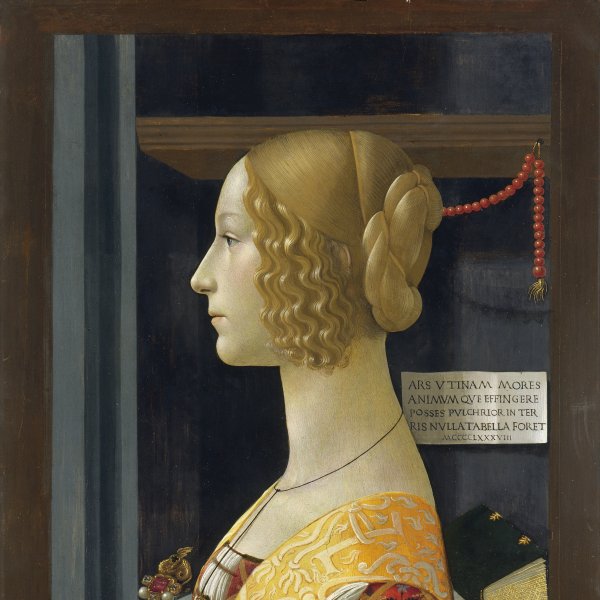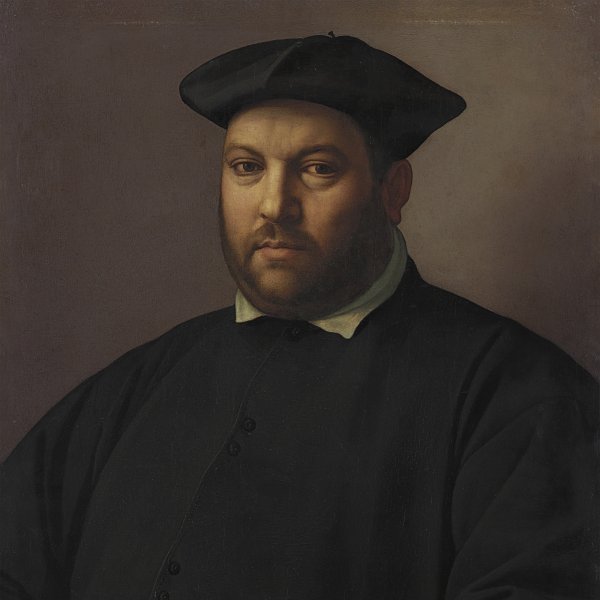Domenico Ghirlandaio (Domenico Bigordi)
Domenico Bigordi, known as Ghirlandaio, was a painter, mosaicist and possibly goldsmith who trained with Alesso Baldovinetti, according to Vasari. Together with his brothers Davide and Benedetto, Ghirlandaio ran a prestigious and prosperous workshop specialising in fresco decoration and easel paintings. Ghirlandaio worked as a painter in Tuscany, particularly in Florence. He was summoned to Rome by Sixtus IV along with other leading artists of the day, including Botticelli, Perugino and Cosimo Rosselli, to paint the figures of the Doctors of the Church in the Biblioteca Apostolica in the Vatican in 1475, and the Sistine Chapel between 1481 and 1482 with The Calling of Saints Peter and Andrew. An artist with a highly developed narrative sense, Ghirlandaio filled his scenes with elegant figures in which secondary, anecdotal elements at times acquired greater importance than the principal motif. Among his most important fresco series that have survived, and which constitute a documentary portrait of his age, are his first major fresco cycle, painted in the Santa Fina Chapel in the collegiate church at Pieve, San Gimignano of around 1477–78; the frescoes in the Ognissanti of 1480 depicting The Last Supper and Saint Jerome in his Study; those in the Sassetti chapel in Santa Trinità of between 1483 and 1486 with scenes from the life of Saint Francis; and those in Santa Maria Novella of 1486–90 with scenes from the life of the Virgin and Saint John the Baptist, commissioned by Giovanni Tornabuoni for the end wall of the church. The latter are considered Ghirlandaio’s masterpiece, particularly the scene of The Birth of the Virgin. Giovanni Tornabuoni was the artist’s most important patron and among the numerous works that he commissioned from the painter was the decoration of the tomb of his wife Francesca in the church of Santa Maria sopra Minerva in Rome, which dates from before the Santa Maria Novella project. Other works by the artist are to be found in Pisa and San Gimignano. A chronicler of his times, Ghirlandaio’s complex compositions included details of everyday life and customs as well as a series of portraits of individuals from his circle. The complex compositions and extensive architectural settings were fundamental elements in these works. Among his oil paintings are The Visitation and the tender, realistic portrait of An old Man and his Grandson (both Musée du Louvre, Paris).






